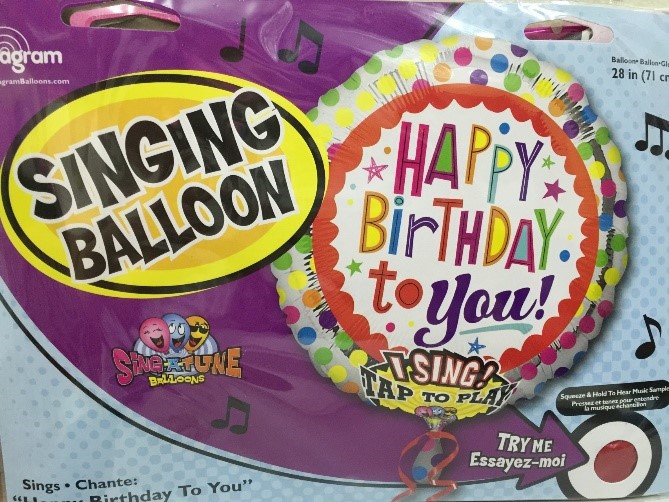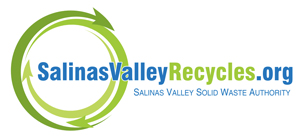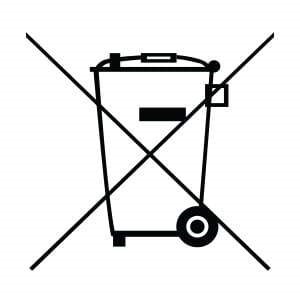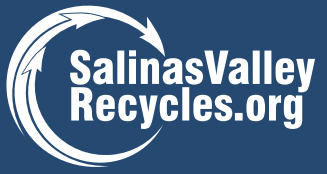Dear Wally,
I just recently purchased an item with this “no trash” symbol. The package just says no trash but doesn’t tell me what to do. What am I supposed to do with it? Help!!
Dear Conscious Consumer,
Thank you for paying attention to the disposal information on your recent purchase! The “no trash” symbol is an indication of a special category of hazardous waste called Universal Waste. These products contain materials that are very common, hence the “universal” name. Items in this category include fluorescent and halide light bulbs, pesticides, mercury thermometers and thermostats, household batteries, automotive/marine batteries, and lithium-ion batteries to name a few.
Rechargeable electronics or “disposable” electronics contain hidden batteries, so it’s important to dispose all electronics with care. Other products with hidden batteries are things like shoes that light up, singing and light up birthday cards, and singing balloons. Avoid buying these items whenever possible, but if you absolutely can’t resist or they are gifted to you, please remember to dispose of universal waste properly – and that means not inside the recycling or trash cart or littered in the environment (including the sky). This is not just important, but it could be a matter of life and death.

When batteries spark other material, the result can be catastrophic. In California, a 2018 survey conducted by the California Product Stewardship Council found 83-percent of waste management facilities had at least one fire over the last two years, 40-percent of which were caused by lithium-ion batteries. In September 2016, RethinkWaste’s Shoreway Environmental Center that serves San Mateo County suffered a 4-alarm fire it suspects was caused by a lithium-ion battery that went undetected amid other waste in its sorting systems. The fire damage cost $8.5 million.
Even batteries with a small voltage like commonly used AA and AAA alkaline batteries can start a fire under the right conditions. If the negative and positive posts of the batteries come in contact with something metal, heat begins to build. If this heat is confined (in a garbage truck, under a pile in the Materials Recovery Facility or landfill, or places in your home or car) and it can’t dissipate, and will eventually get hot enough to ignite surrounding materials. This can happen easily, for example if a penny touches the uncovered end of a 9V battery, or if a paper clip or other common metal object comes in contact with more than one AA battery.
Mercury (a dangerous neurotoxin) found in compact fluorescent light bulbs, and toxic pesticides can be fatal or cause permanent damage to people and pets. They require equally careful disposal to avoid harming those in your home, neighborhood, and local waste facility.
The right way to dispose of universal waste is to take it to a designated disposal site like the Madison Lane Household Hazardous Waste (HHW) Facility operated by Salinas Valley Recycles, or take it back to the store. Stores like Best Buy will take back up to three electronic items per day for free, regardless of where you purchased them. Check our HHW brochure for more details about safe disposal of hazardous waste, and a list of locations throughout the Salinas Valley that take back batteries. Thank you for doing your part to keep your home and our Salinas Valley safe from universal waste accidents!


